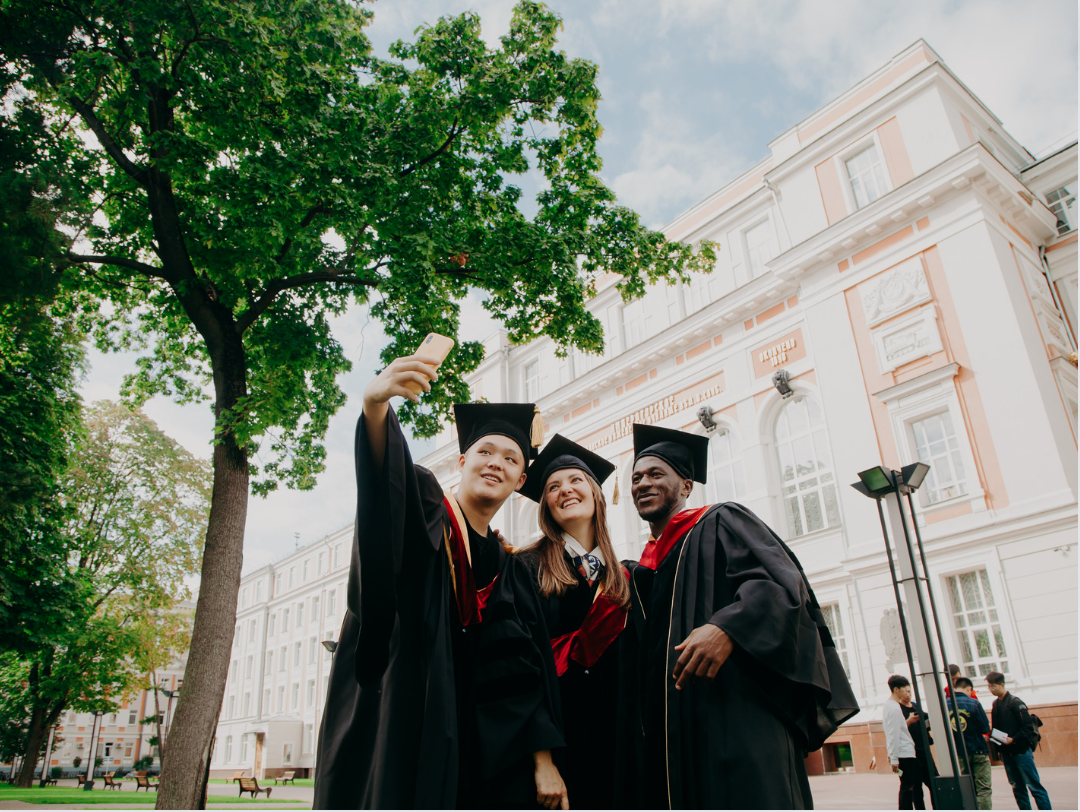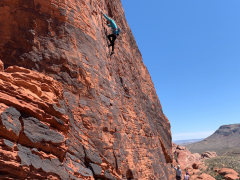Globe Trotting, Presenting and Teaching: It’s All in a Day’s Work for Statistics Professor Kimberly Sellers
December 1, 2015
The American Statistical Association recently spoke with Georgetown University Professor Kimberly Sellers to learn more about what it’s like to be a statistics professor. Below is an excerpt of the interview originally published in Amstat News.
 What or who inspired you to be a statistics professor?
What or who inspired you to be a statistics professor?
I was always drawn to a life in academia; my father is a retired professor and was dean of the Howard University College of Fine Arts while I was growing up. I’d say the more appropriate question for me is “Who inspired you to consider a career in statistics?” The answer would be Piotr Mikulski from the University of Maryland College Park.
I initially entered graduate school to pursue a PhD in mathematics at Maryland. I had chosen two qualifying exam areas of study – numerical analysis and ordinary differential equations. However, I still needed to identify one more exam area to round out my areas of study. I had taken and performed well in an undergraduate statistics course, so I decided to register for Mikulski’s year-long statistics course in order for the statistics exam to serve as my third area.
He made the material so interesting and enlightening that I loved the course! He was so personable and pleasant to be around; he even made the most abstract and/or challenging portions of the class enjoyable. Unknown to me and the rest of my course cohort at that time, we would wind up being the last group of students instructed by Mikulski; he passed away the following year. It’s been more than 15 years since his passing and I still think of him often and fondly and thank him for the significant impact he made on my life!
What is the most exciting part of your job?
The most exciting part of the job to me is traveling around the country and the world, presenting my work and meeting other colleagues. I love to travel, and this is a great way to see the world!
Name a few specific skills you need to do your job.
You need a strong mathematical ability to do this work, but perhaps more importantly, you need to be able to communicate and promote your work effectively. In essence, you can think of yourself as a marketer. You want to get others as excited about your work as you are. Why should people care? What significance does the work have? Why is this important? Such issues must be addressed in all aspects of the job, whether it’s with grant-writing, authoring manuscripts, giving talks, or teaching. Likewise, a strong ability to explain your work (or any other relevant material) clearly and effectively also greatly contributes to your success in this career.
What do you do in your job now that didn’t exist 10 years ago?
I am using technology more and more as time progresses. I am developing R packages in association with my research projects and developing and/or using online course management tools for instructional continuity (e.g., Blackboard, Lecture Capture, etc.). For all these answers, while the tools may have existed 10 years ago, I wasn’t using them in the ways I do now.
Name one or two favorite blogs or books you have read and would recommend to others.
A blog that I would recommend to others, particularly those interested in a career in academia, is “Tomorrow’s Professor”. I have come across several posts that serve as valuable real-time reading and/or are helpful for future reference.
What advice would you give to young statisticians just beginning their careers?
Take advantage of the various opportunities that exist for young statisticians! Most environments offer some sort of one-on-one mentorship for young statisticians. Also, various statistics conferences (e.g., JSM) offer special meetings for young statisticians with opportunities for those just starting in their careers to ask questions and seek guidance from more established statisticians in their respective careers. One can always gain new tips of the trade that can prove helpful. More generally, get involved in an ASA committee and/or chapter. It’s a great way to meet and get to know other statisticians.
What do you enjoy doing in your spare time?
I enjoy lots of activities. I enjoy all types of fine arts, particularly music and dance performances. I also like sports (I’m a basketball fan) and traveling. I can easily name other activities too—I have rather broad and eclectic interests. I think much of that comes from just being open to trying new things and having different experiences, but that’s what life is all about, right?
Related Posts

Hindsight Is 2023 for Former Statistics and Data Science Students
It’s back-to-school season! Gear up for the upcoming semester and consider diving into the captivating world of statistics and data science. Looking for diverse job opportunities that span across every industry? Look no further! With a variety of graduate programs and jobs, now is a great time for students to become data scientists and statisticians….

Elizabeth J. Kelly: “Statistics is for Adrenaline Junkies”
Elizabeth J. Kelly has always loved math, and as a professional statistician at Los Alamos National Laboratory (LANL) and a recreational rock climber, Elizabeth is an avid thrill-seeker who enjoys a challenge. “Math reminds me of climbing, including the need to focus, problem solve and persevere. I guess I ended up in statistics because I…

